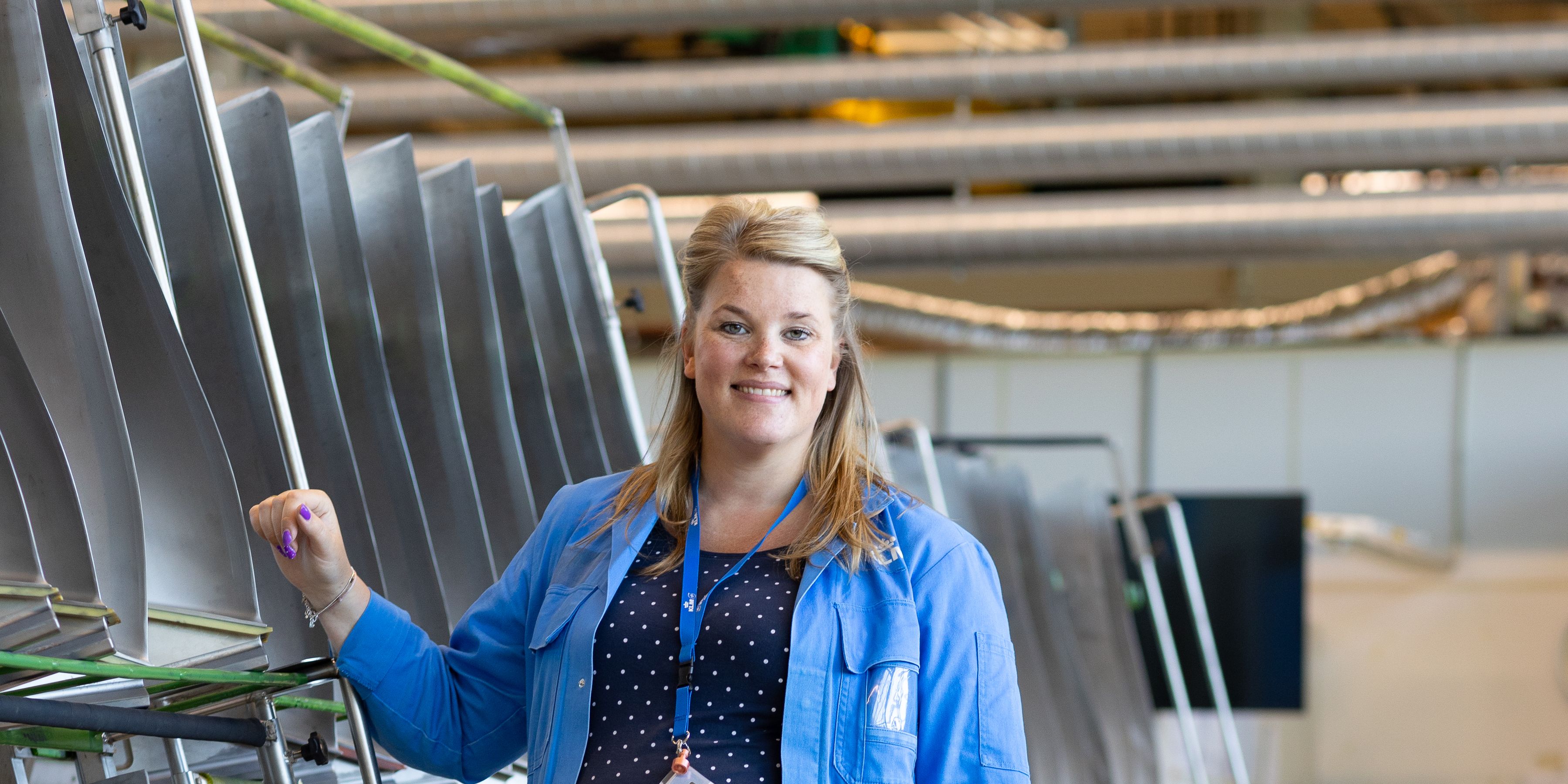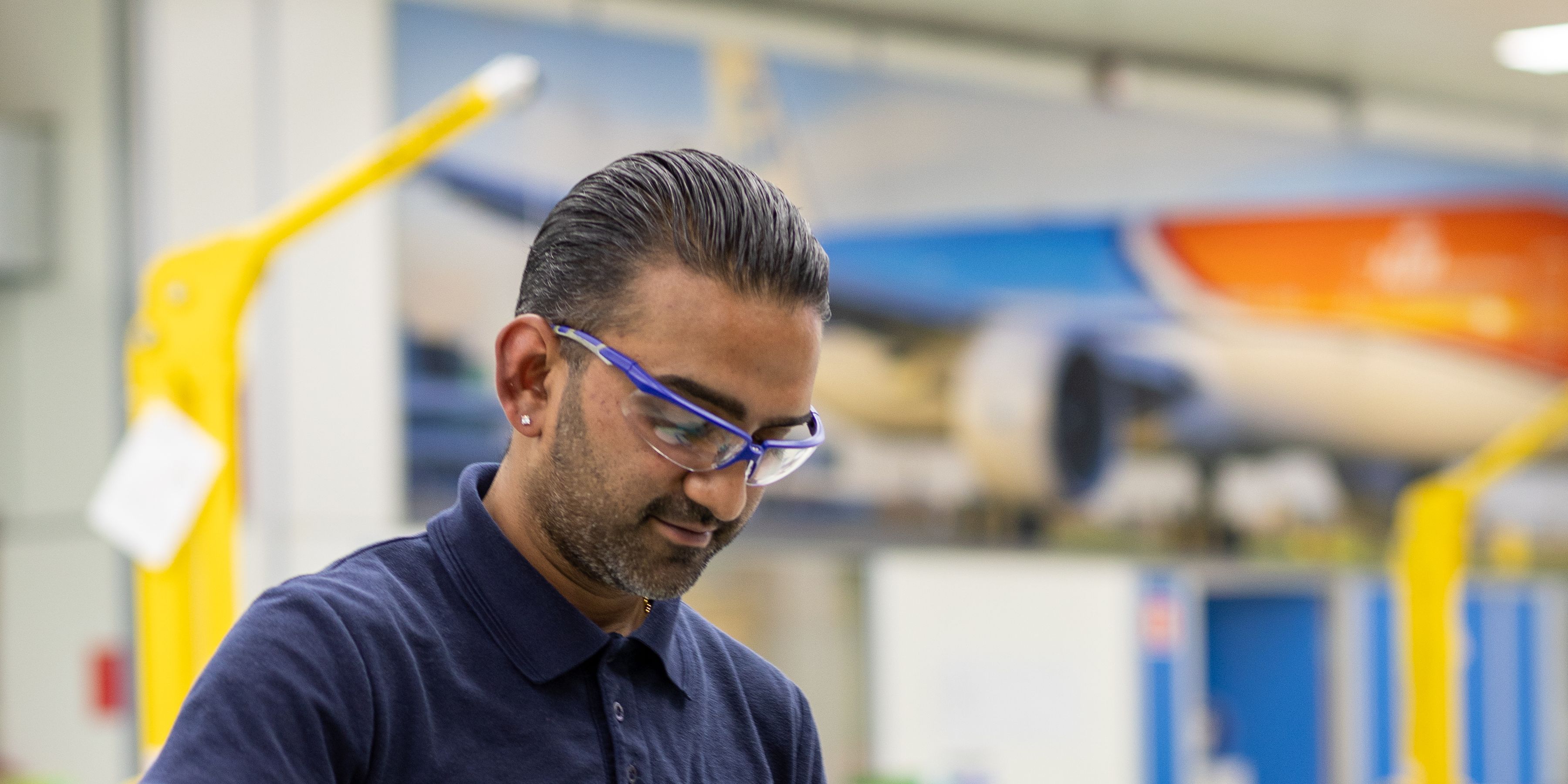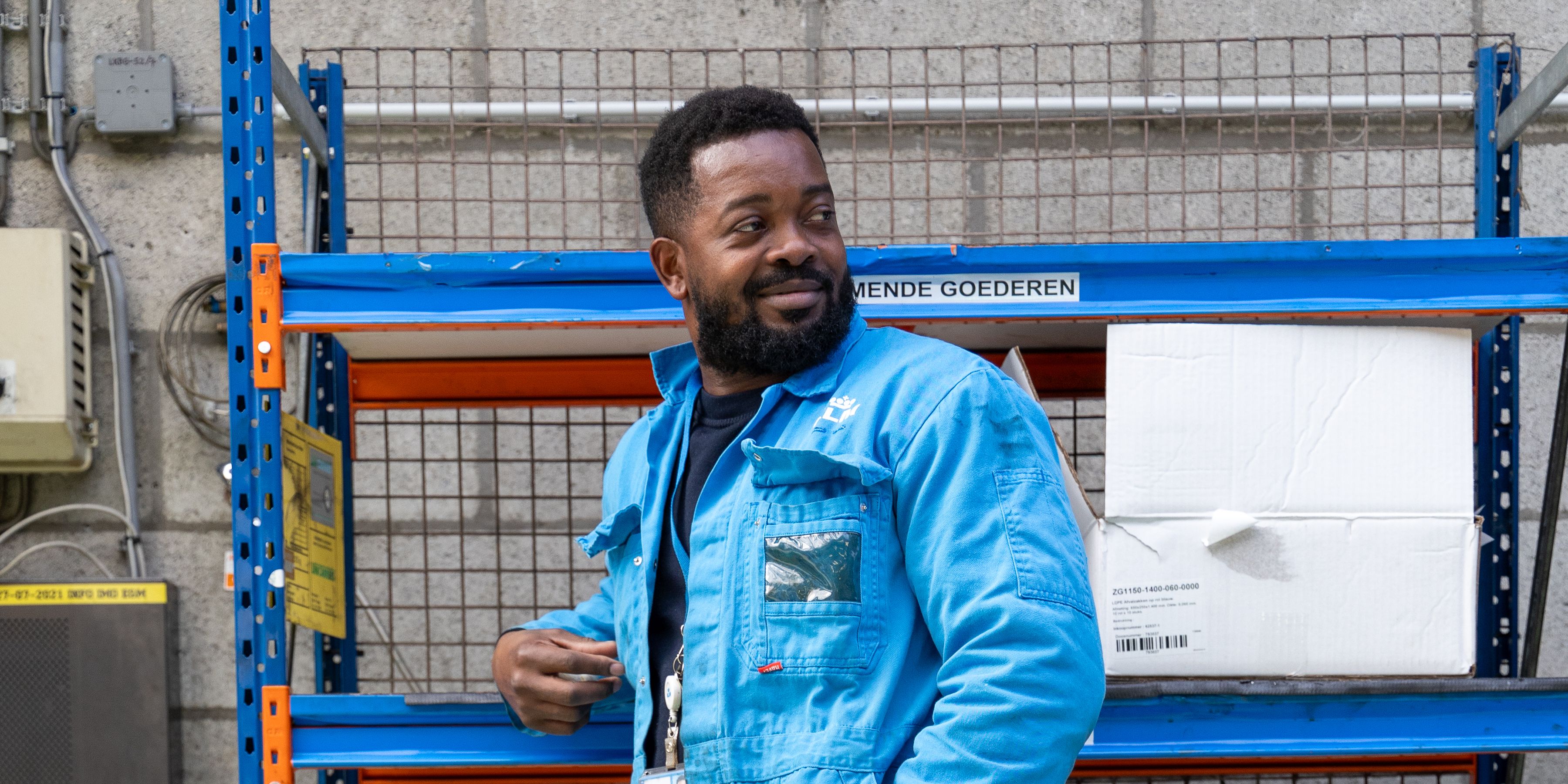A look at KLM's 'maintenance shops'
KLM flies passengers from A to B, everyone knows that. But did you also know that it's also one of the largest global parties for component maintenance. In as many as seven different 'shops', thousands of parts are worked on every day. Team leader Avionics Remco has been here for six years and is now at the helm of the avionics department. We talked to him about the atmosphere on the work floor, growth opportunities, and 'aircraft fanatics'. In short: why is this the place for (up-and-coming) key talent?
Always ready for departure
'Up to a hundred components come in every day,' Remco begins. 'Pool parts we call them: aircraft parts that sometimes consist of a thousand pieces - think of an electric engine or cockpit control panel. We inspect, repair, and modify these in our shops, after we’ve finished with them, they end up on the shelf, ready for the next customer. This way, we ensure we've always got enough stock, preventing aircraft from being grounded unnecessarily.'
You fly, we run
'So, the parts always rotate between different aircraft. Not only KLM aircraft, but aircraft from over fifty other airlines. When it comes to component maintenance, we're the second largest in the world. That's how big our operation is. In fact, KLM is even bigger in this sector than in flying itself.'
'The process looks like this,' he says. 'Suppose a radio antenna of a client airline A. is broken. That part comes to us in the Avionics Shop. They get a replacement antenna and we fix the broken variant. When it's fixed, it might end up in an aircraft of client B. or C. for example. That's how we complete the circle.'
No part is the same
So, what makes a technical job at KLM so special? Remco doesn't have to think long about that: 'We work on more than 12,000 different parts here. Employers often advertise that 'no two days are the same' - but that really is the case with us. You're also given plenty of time and space to develop yourself. You don't need a technical degree to work for us, just having two right hands is enough. Although a bit of relevant experience is always a bonus.
According to Remco, if you have a bit of feel for mechanics, you're more than welcome in the Wheel and Tyre shop. Here you'll learn how to dismantle, inspect, and reassemble these parts. If you want to, you can follow training at the same time, and after a while, you can move on to the Electrics Shop. This is where things get a bit more complex; for instance, you learn the technology behind folding landing lights, wiring repair, or switch replacement.'
If you want even more of a challenge, there's our Hydraulics Shop, here you get to work on the hydraulically controlled components. A technique that uses oil to move the tip of the aircraft wing up or down, for example, with just one push of a button by the pilot. All cockpit parts come to the Avionics Shop, by the way, to work here you need a more solid electrical engineering background. In this department we work on navigation equipment, control panels, and radios, for example.Remco, team leader Avionics
Your career, your choice
According to Remco, the goal is not necessarily to move from shop to shop. 'Depending on your talent, ambition, and your preference, you can work in all kinds of positions – or stay where you are if that's what you want. Each team has a unique atmosphere; it's up to you to see where you fit in best. In addition, you'll find real aircraft enthusiasts here, but you don’t have to be one of them. You just have to think that the technology is cool. And, believe me, it is!’


